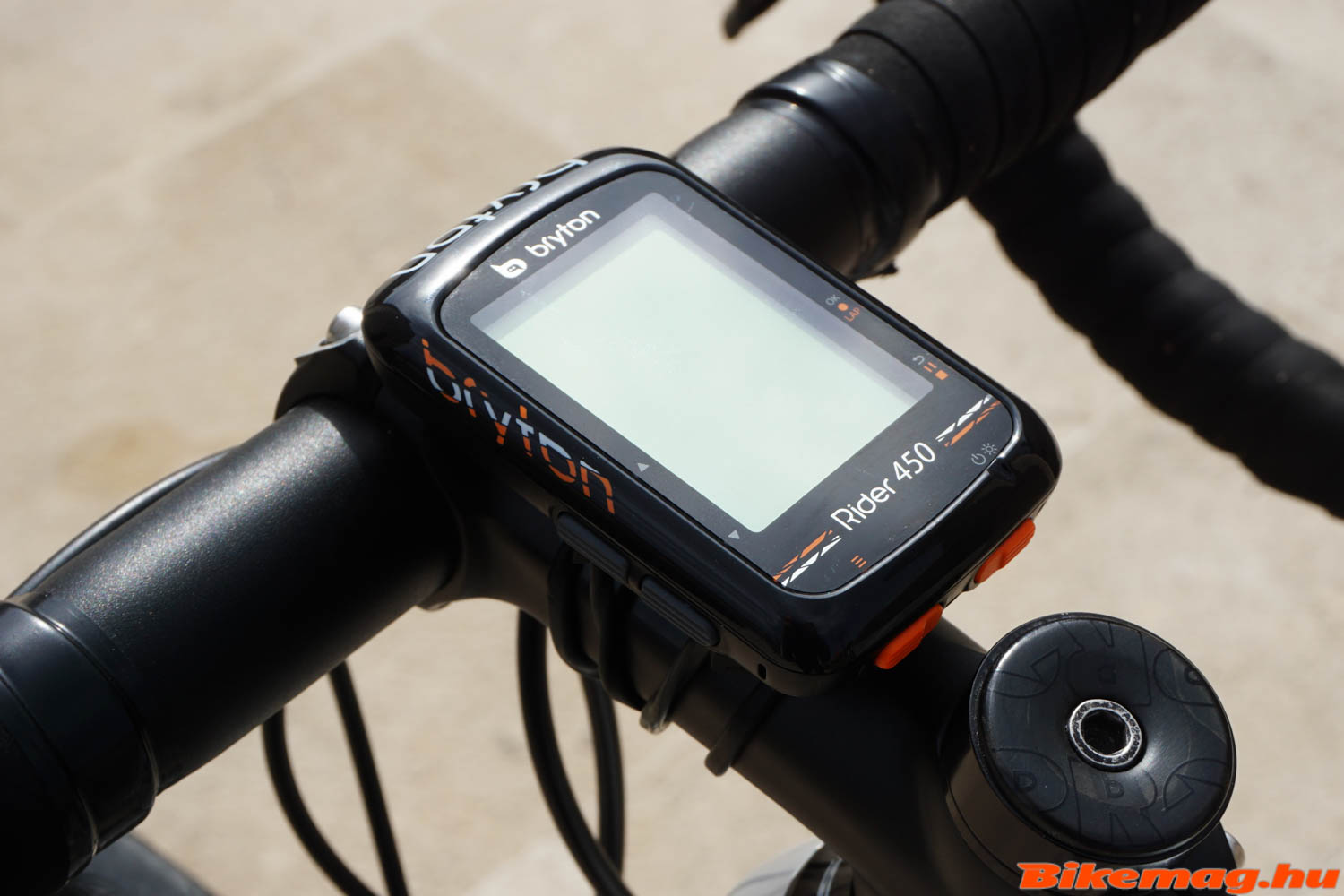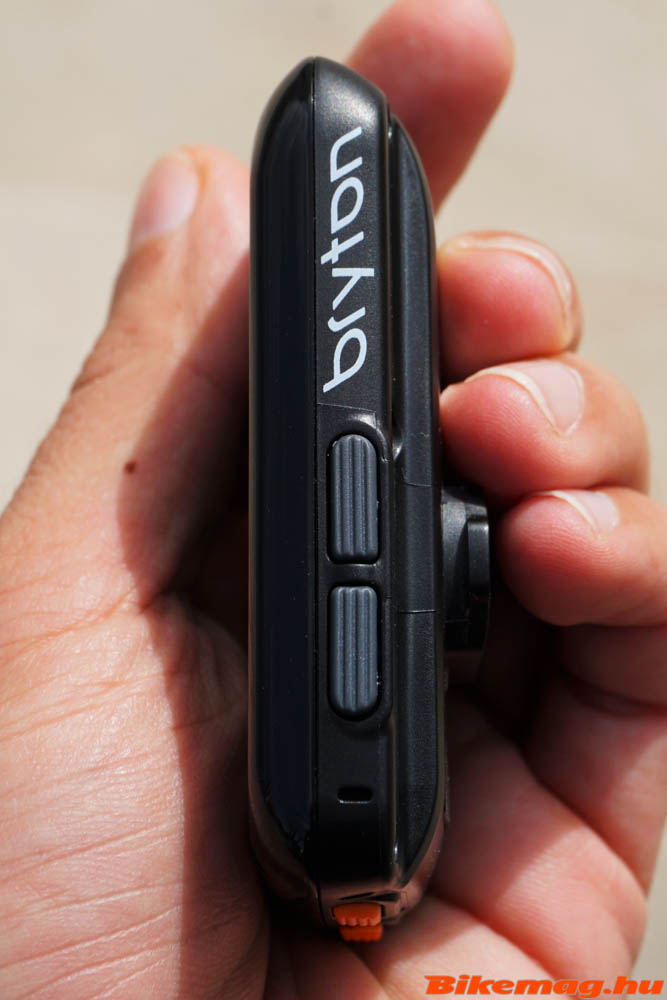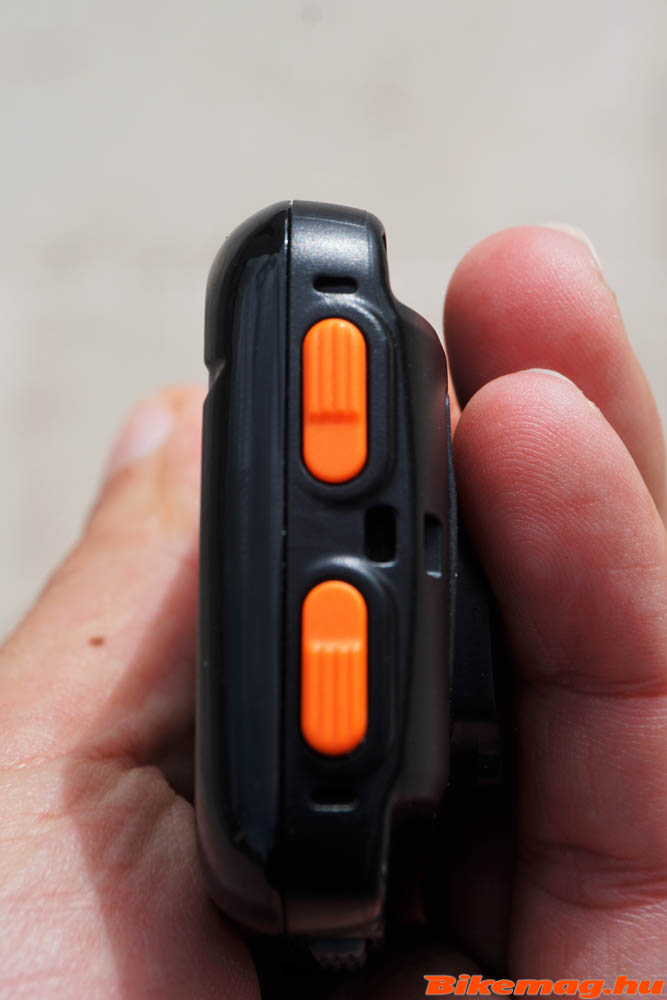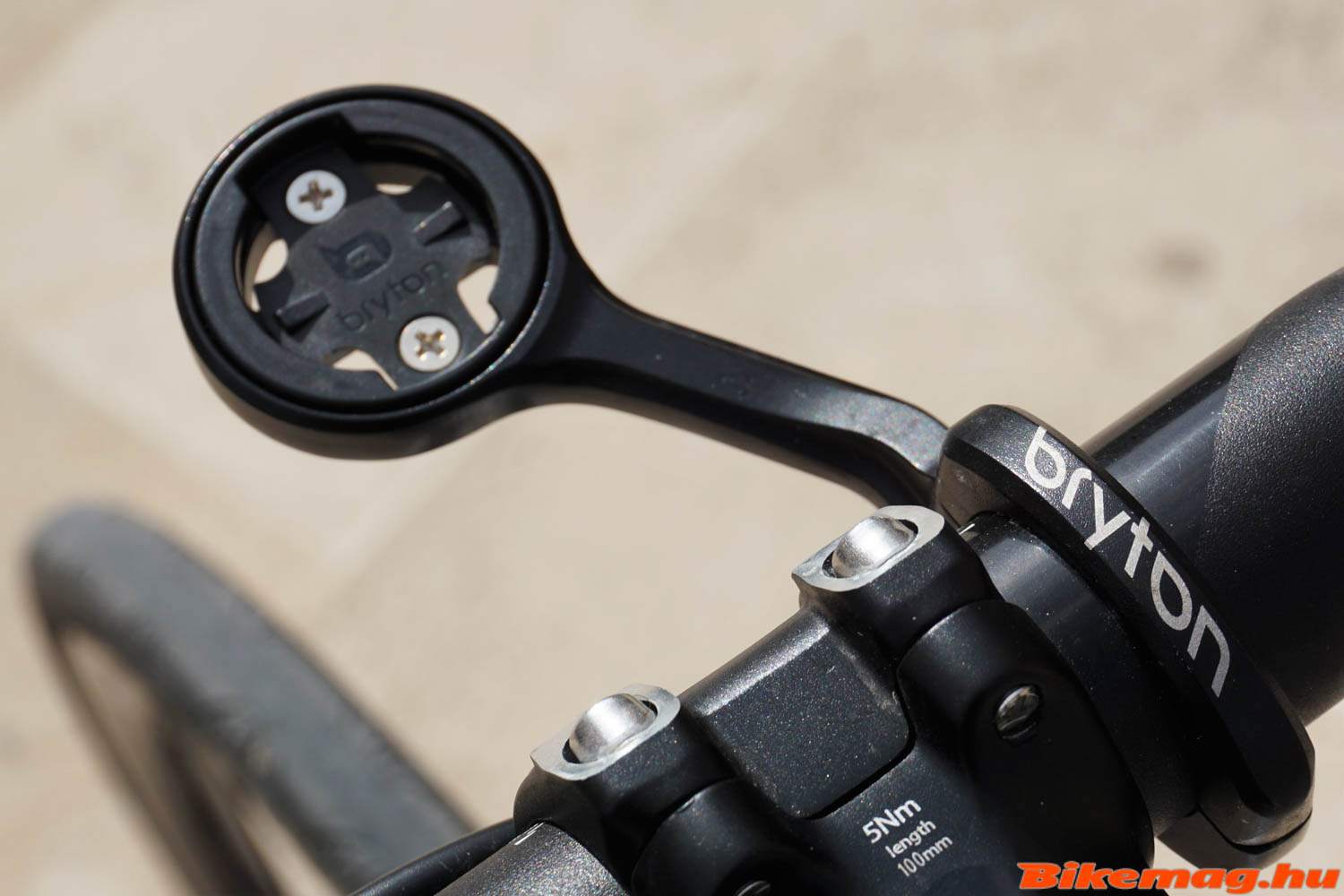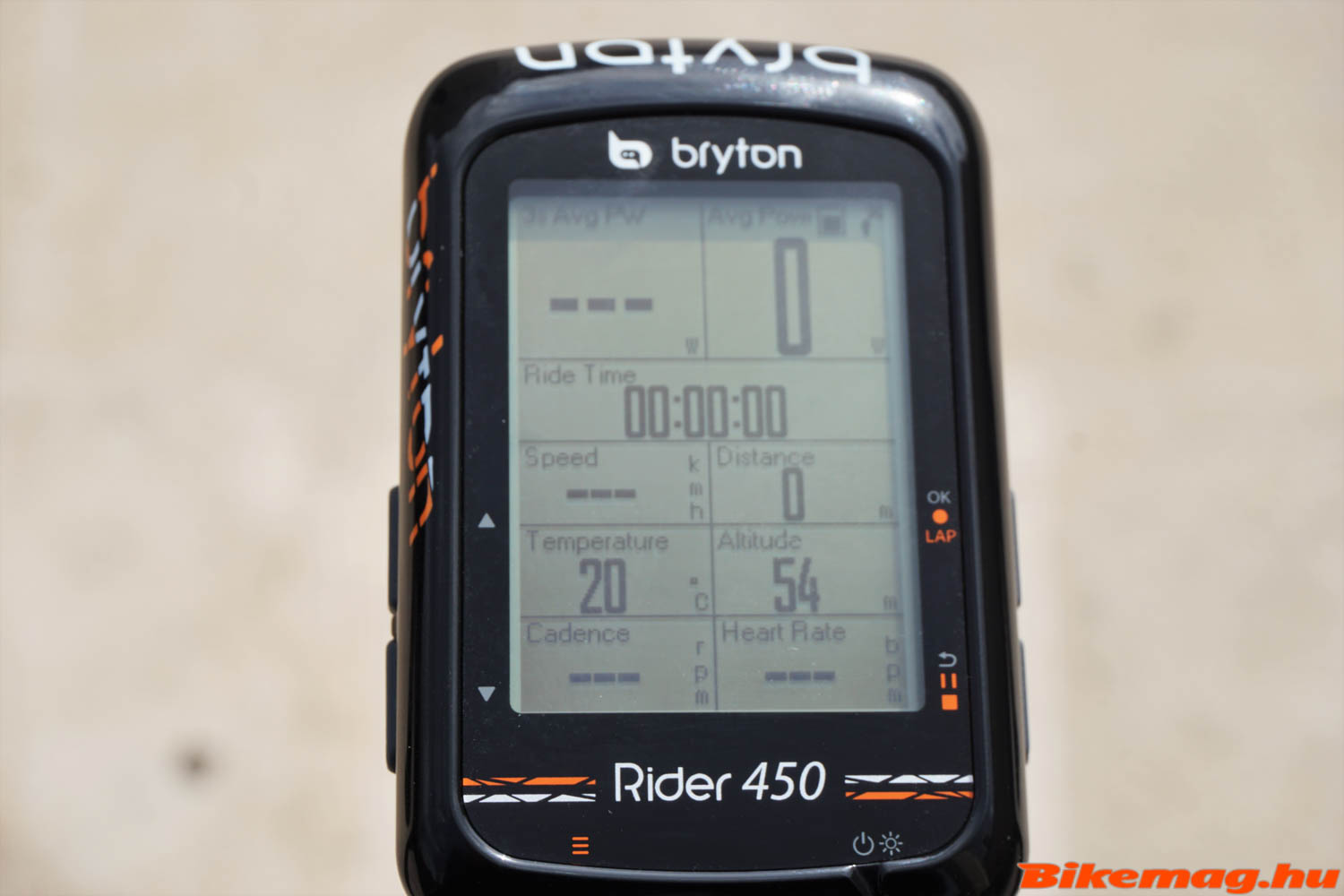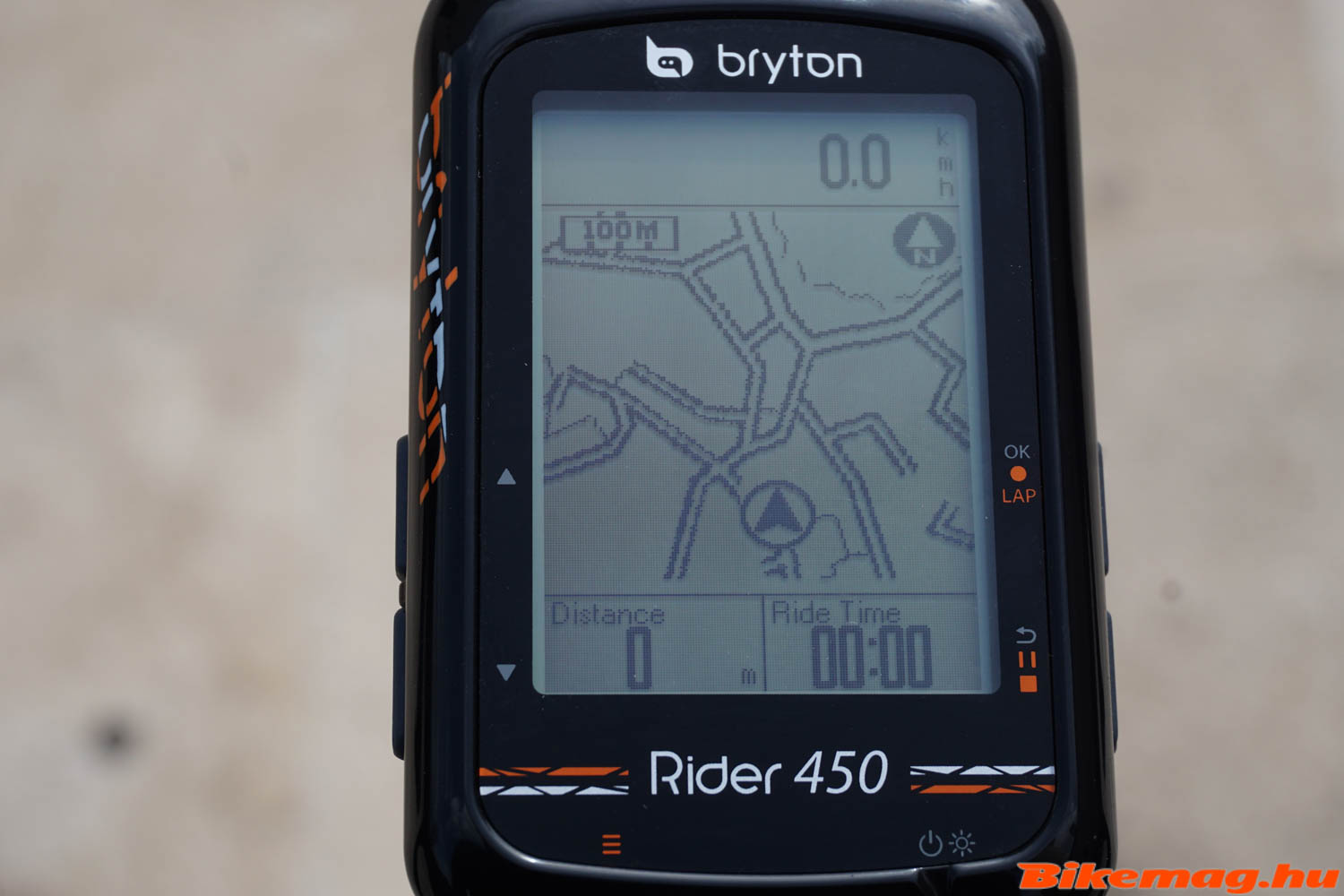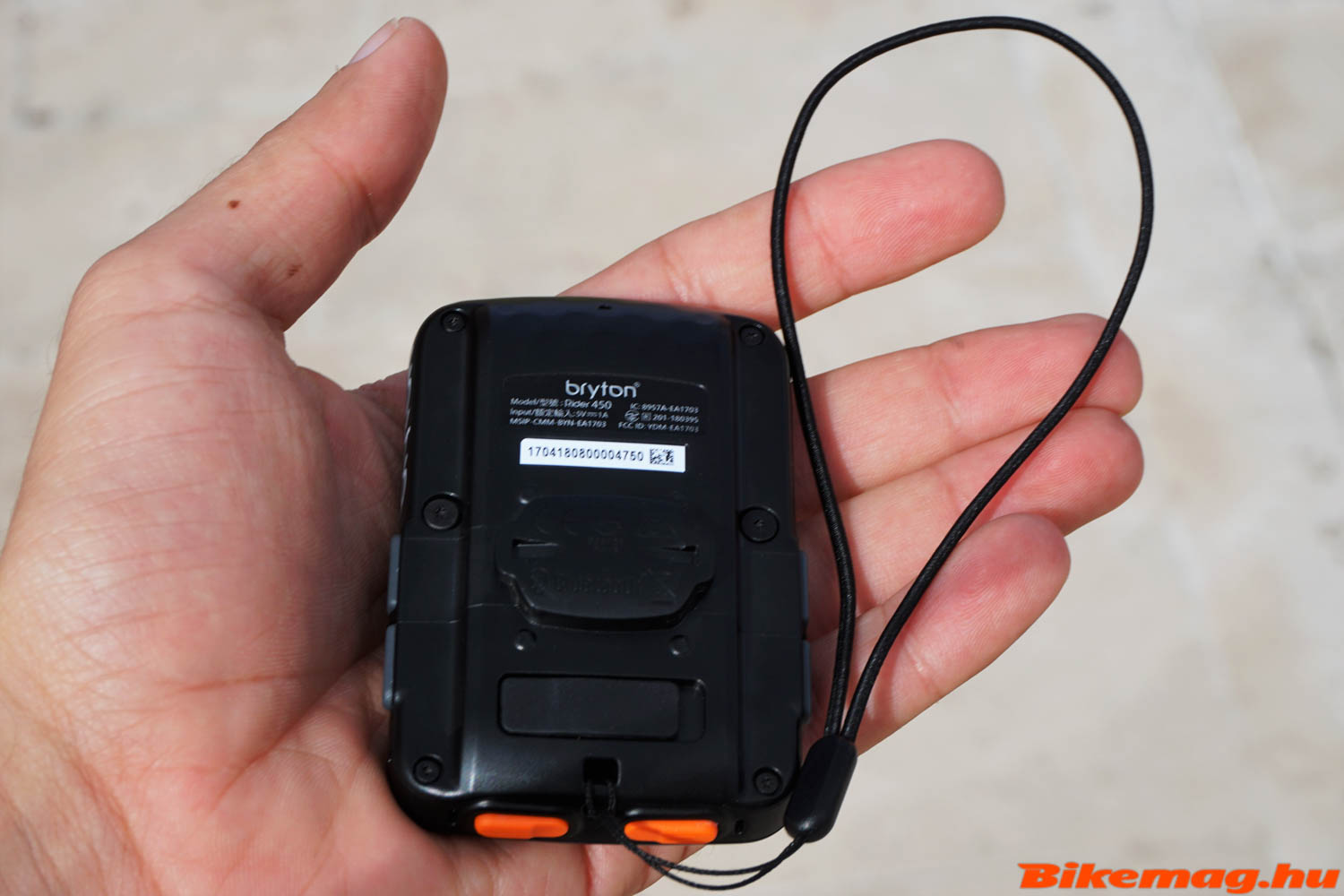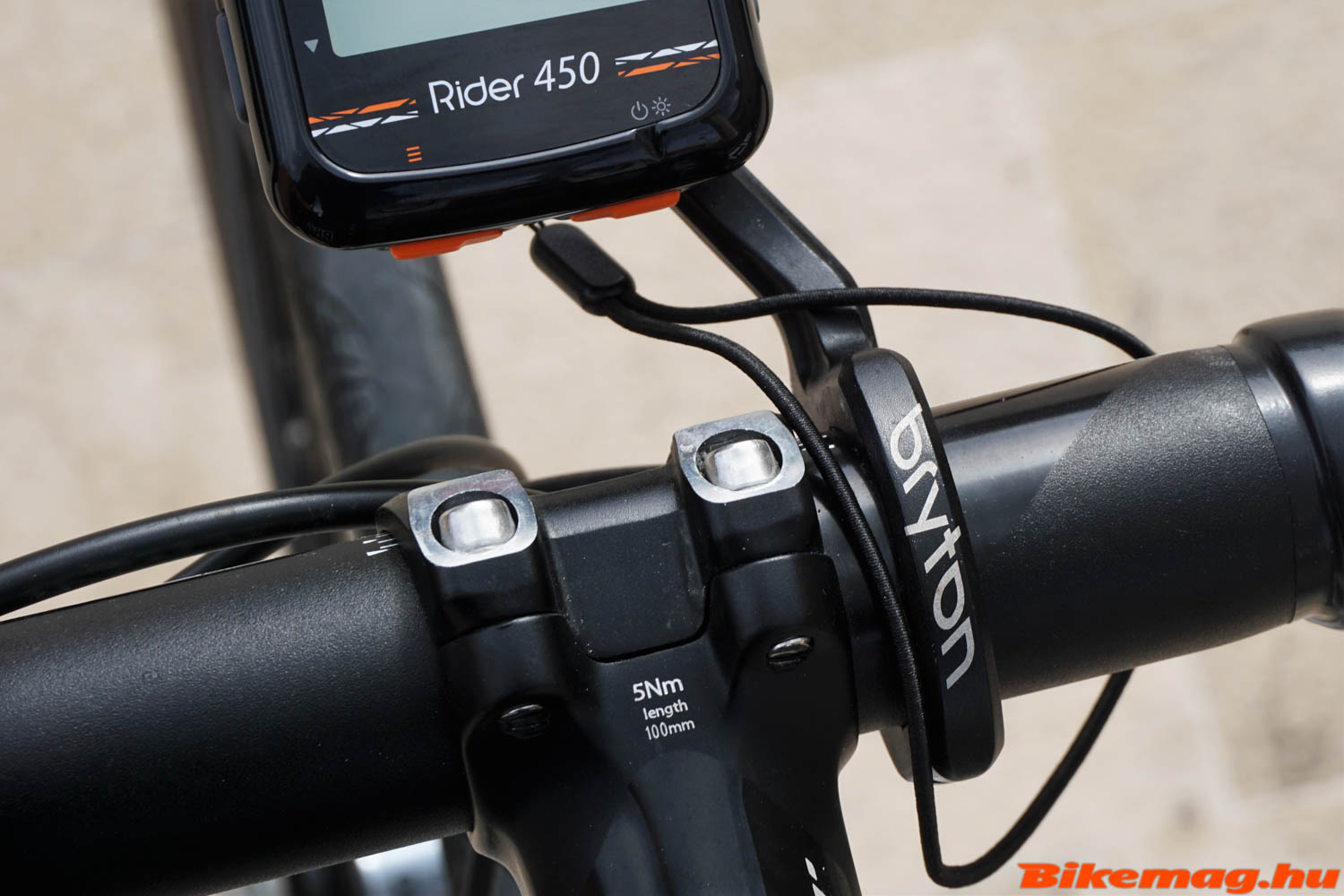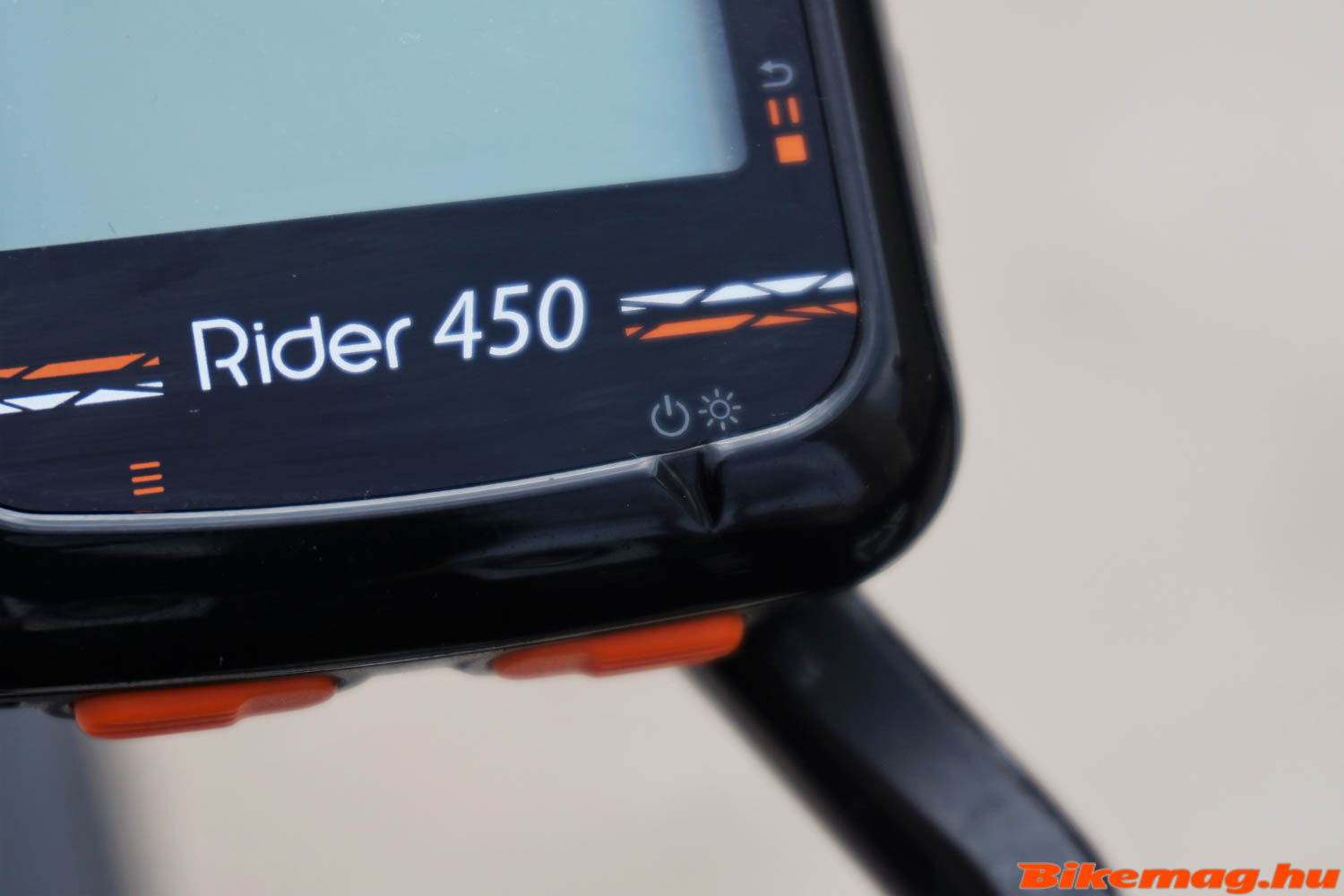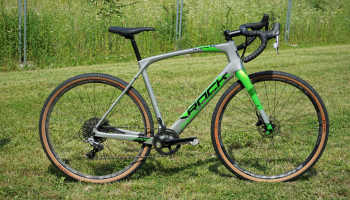Bryton made great leaps in the last few years, the most recent range of GPS bike computers is up there with best in every aspect. There is no better example for this progression than the Bryton’s Rider 450 model, which I have ridden quite extensively, and found to represent the outmost value for money for 2019.
Bryton arrived relatively late on the GPS bike computer market, nevertheless the brand has not only managed to catch up to the main players, but surpass them in many aspects, including technology and functionality. It is no coincidence that some of the top Wolrd Tour teams – including the extremely successful Belgian Quick-Step squad – rides with Bryton computers this season. The brand’s GPS models are greatly popular here in Hungary as well, thanks in part to the excellent value they offer.
Last year Bryton launched two new models, both representing major advancements for the company. One is the Rider 450 GPS featured in this review, the other is the virtually identical Aero 60, differentiated merely by the aerodynamic mounting system. I selected the Rider 450 for this test, since in general it offers a more universal application for cyclists. I’ve managed to put some serious distances into this Bryton GPS unit in the past few months, so I have a lot to talk about. Let’s get started!
First of all, the Rider 450 includes an awe-inspiring number of features, so many, that I’d be surprised to find a cyclist who could make use of each and every one of them. The list seem never-ending, but there is good reason to pack every function into the unit. It allows the rider to fully customize the use of the computer, selecting only the essential ones. Hence each user gets a slightly different Rider 450, one that best fits the needs and desires.
Apart from the comprehensive customization, there is another novelty, the possibility to employ more than one satellite system (GPS, Glonass, BDS, Galileo, QZSS) for a more precise and reliable localization. This also allows the unit to offer street navigation. Furthermore the Rider 450 has some significant tricks up its sleeve: handling has been improved for the complete 400 model line, starting with the size and tactility of the buttons. This progression is especially important as the 2.3” display in not particularly large.
The first bike computers from Bryton were notorious for having an overly complicated, awkward menu system. It’s safe to say that software developers for these early models didn’t take into account that not all cyclist are expert in computer programming. The new models seem to have solved this annoying deficiency. Navigation in the menu is much more refined, with ordinary human brains in mind. There are one or two small nags that I encountered, but in general the Rider 450 is quick to use, the menu system is logical in structure, making it easy to find the desired function. The least we can say is that the Rider 450’s functionality is no worse than the best GPS bike computers on the market, and in some respects – such as the fast reaction time – it’s undoubtedly better. Last but not least, the menu is available in many languages, including Hungarian!
There are no less than 6 rubberized buttons on the Rider 450: two on the right side – the top one serving as “start/new lap/OK”, the bottom one for “return/pause/menu”. There are another pair of knobs on the left side to scroll up/down in the menu, and two at the bottom of the unit. The left one to advance to the next page and the right to turn on the computer, and also backlight when it’s operational. Personally I’m glad that Bryton engineers chose not to cram the access of the myriad of functions into just 3-4 buttons as that would have certainly lead to chaos. I’d say that 90% of the time the cyclist will use only the four side controls, which definitely are the most ergonomic to operate while riding.
Before adverting to the countless of functions offered by the Rider 450, I’d like to say a few words about the mount. Just like its predecessors, this model features Bryton’s proprietary mounting system, where you have to twist the unit 90 degrees until a click is heard. You get one console which is mounted either to the handlebar or the stem. Optionally a forward-reaching aluminum console is available which lines up the unit at level with the bar. It not only provides an aesthetic improvement over the regular mount, but offers considerable aerodynamic advantage as well. (As a side note, the Aero 60’s mount is even sleeker, offering additional aero benefits.) The back side of the Bryton 400 bike computers also feature a dimpled surface – as seen on golf balls – which could marginally reduce air drag even further. (The housing of the 410, 450 and the aero 60 is essentially identical.)
What functions does the Bryton Rider 450 offer? Well, practically everything! It can communicate with any device through either Bluetooth or ANT+ protocol (e.g. speed, cadence, heart rate sensors and power meters), process all the data it receives, calculate speed, distance, altitude information based in the GPS signals it collects, and has a built-in barometric air pressure sensor in order to correct slight errors in elevation measurement. Furthermore it includes a handy thermometer and when paired with our mobile phone, it lets the rider know of incoming call and messages. And the list doesn’t end here: the Rider 450 can be paired to an electronic gear shifting system (e.g. Di2), with on screen gearing information. Did I miss anything?
All together there are 78 functions for the rider to observe during and after riding. 10 can be viewed on screen simultaneously, and there are 5 pre-programmed pages to scroll through. That add up to a whopping 50 functions! I believe no cyclist actually needs so much data, but it’s there, and the Rider 450 can be fully customized to show only the functions required, in the order of significance. Customization can be done in two ways. On one hand the rider can choose the functions using the buttons on the unit, or alternatively there is a more convenient method by downloading the Bryton app to the phone. If the Rider 450 is paired with the phone, the latter will assist in carrying out the modifications in the menu in a fraction of time.
The above-mentioned app is useful for more than just making settings. If there is no Wi-Fi coverage, the phone can be used to upload ride data to the Internet. Similarly route planning can be made on the phone for on-unit navigation. Likewise the altitude calibration is much more convenient if you open the app. All data recorded by the Rider 450 is automatically transferred to the app, allowing the user to review and analyze the bike ride on the phone.
As I’ve mentioned, the Rider 450 can communicate using Wi-Fi connection, thus uploading ride data to our Bryton profile is spontaneous. The Bryton personal profile can be linked to a Strava, TrainingPeaks or Selfloops profile, so the data will automatically be transferred to these as well.
The Rider 450 and the Aero 60 are the first bike computers from Bryton to offer street navigation. The units have built in OpenStreetMap, and can navigate the cyclist along the uploaded route. Route planning can be done either by entering the destination or simply drawing the path by hand on screen. There are other ways as well, thus making precise route upload possible. If the navigation receives no route or destination, it’ll still show the rider’s location on the map.
I have ridden with the Rider 450 for over two month on a daily basis, which is plenty of time to get a good picture of its strengths and weaknesses. However, there is not much I can report! It performed its job without any hiccups, day after day, and I experienced no problems whatsoever. And there was no need for occasional system reboot like with some older generation Bryton bike computers. It successfully paired with every device I tried, and there was no problem switching between platforms. During testing it received a software update, and continued to run without a glitch.
Many users seem to complain about the Rider 450’s altitude sensor. I don’t know what they’re doing wrong, since I experienced no malfunction. Whenever there was a major change in the weather system, I recalibrated the barometric sensor, as it’s written in the user manual. Likewise when I paired the unit with a power meter, there was no drop-out in the signal whatsoever. It seems to have a very strong antenna, unlike in some other devices on the market.
The GPS signal reception is a different kettle of fish. No matter how many different satellite signal the Rider 450 can work with, tall building in the vicinity will likely to cause problems with the reception. It’s the same story for all consumer GPS devices on the market: the satellites must be visible for reliable localization. Once the Rider 450 found the signal, the GPS functions were stable.
The manufacturer specifies 32 hour battery life which I couldn’t replicate by a far margin. If all the satellites are selected for GPS reception and Bluetooth is turned on, then the most I could get out of its battery was 18 hours. Naturally, if I cut back on the number of satellites, and didn’t run the power meter all the time, I could get more time for one charge, but such restrictions would have excessively compromised functionality. On the positive side, the device starts to warn the rider of low battery charge an hour before shutdown. The Rider 450 can be topped up with any phone charger or computer thanks to the common micro USB socket.
There are two features I found to be invaluable on the Rider 450. One is the direct Wi-Fi connectivity, so my ride is automatically uploaded to the Interned. There’s no need to fiddle about connecting the unit or uploading: everything is done for you moments after you stepped through the door. For this feature alone I’d swap my own Rider 410 for the new model. Secondly the screen has a tiny water “gutter” which relieves the rider from having to wipe off water from the display in rainy conditions. Truly ingenious!
I consider the Bryton Rider 450 GPS computer to have all the functions a cyclist would ever need, and for the recommended retail price of HUF 62,990 it definitely merits a best buy recommendation.
More information on the distributor’s website.




